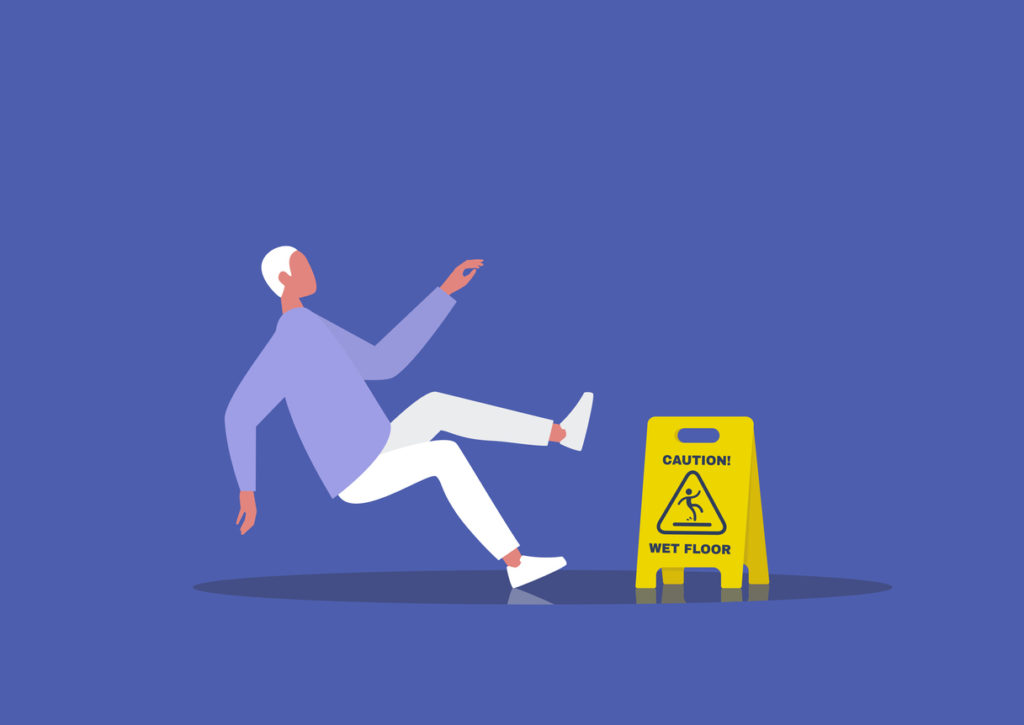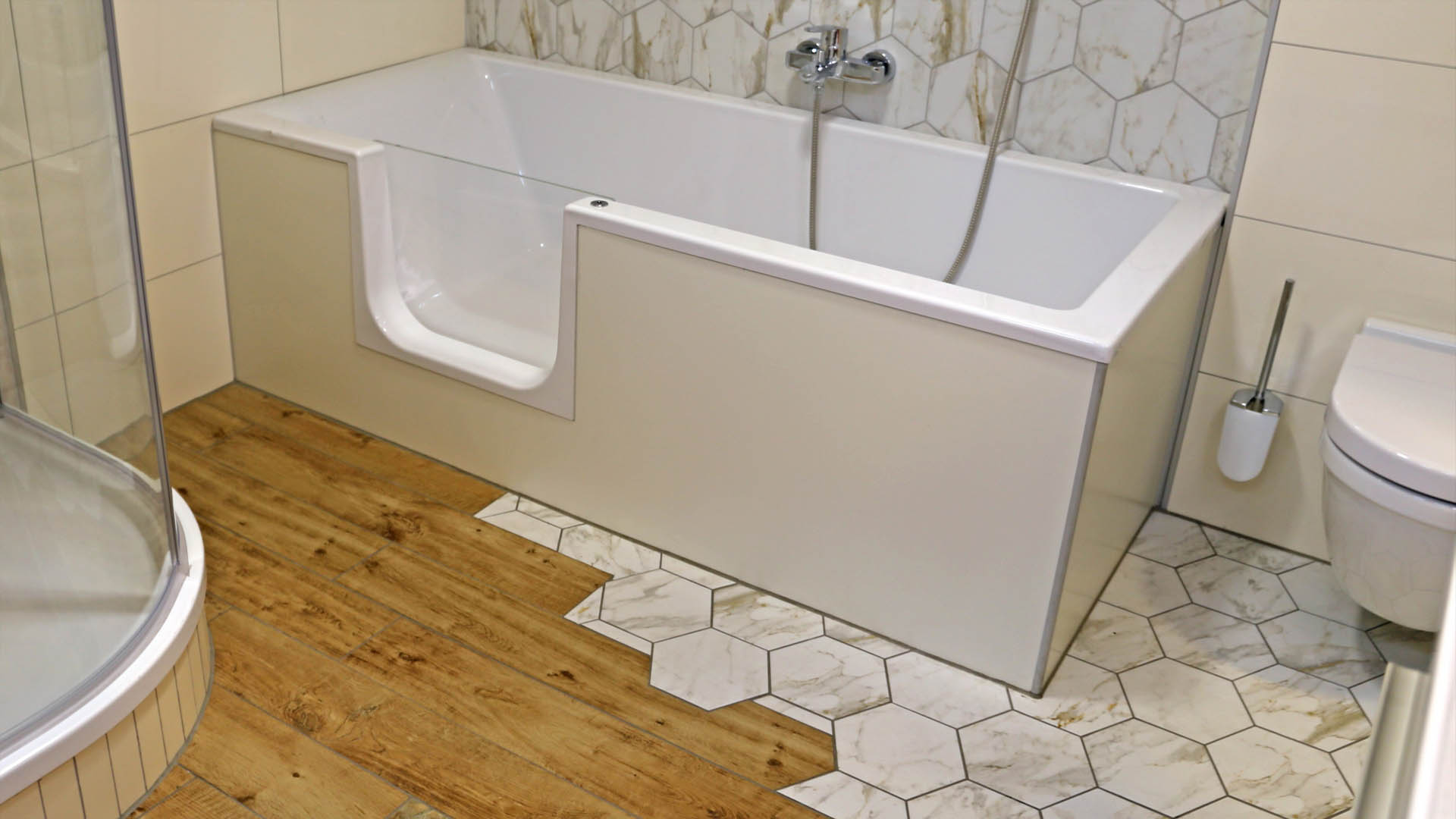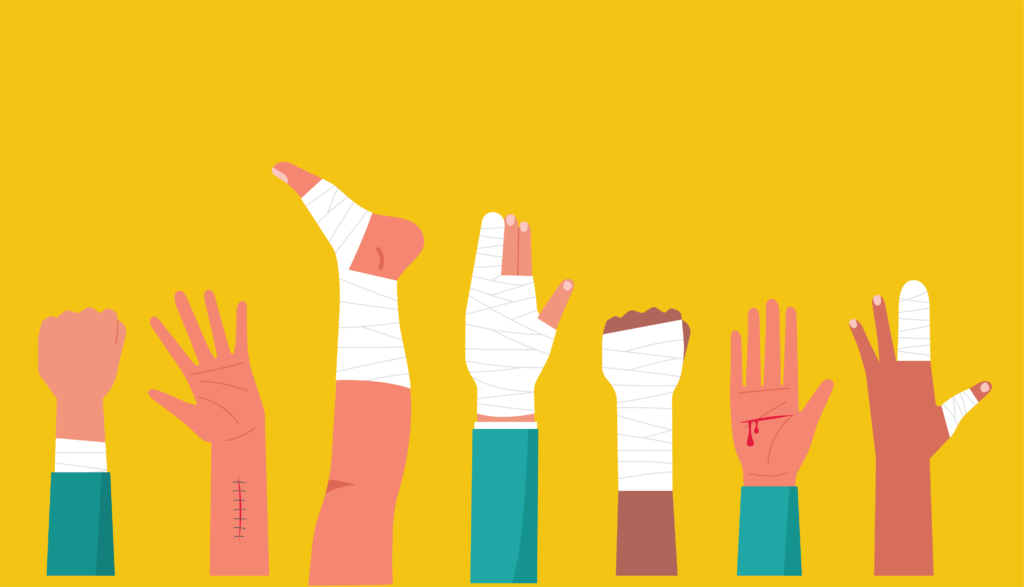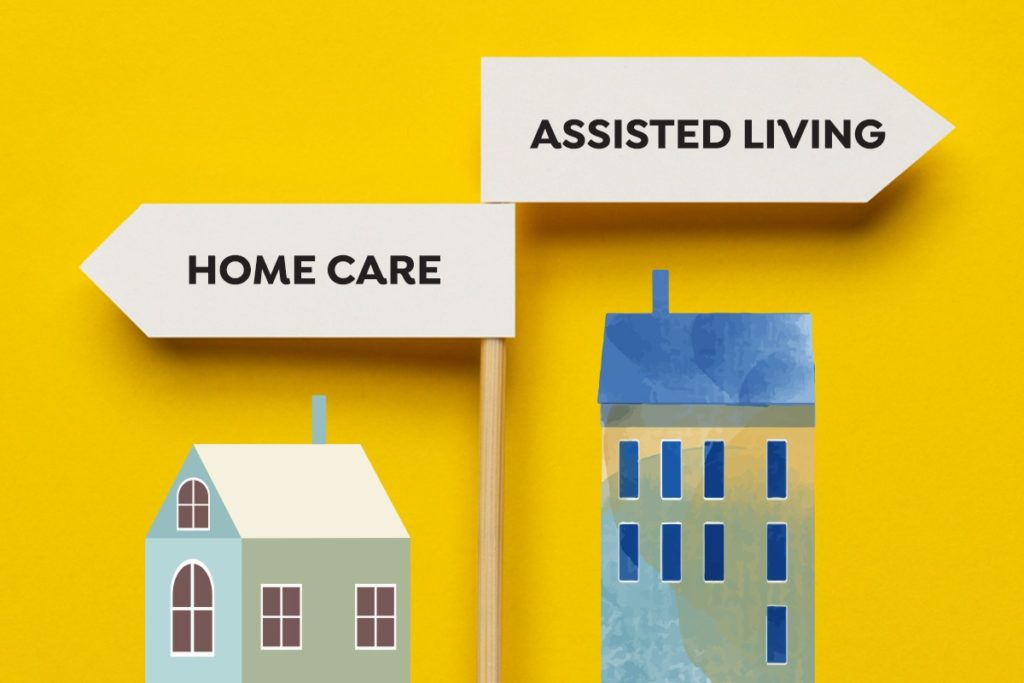
How To Make Your Home More Accessible

In today’s world, most people are living longer and staying active well into old age. While many older adults choose to relocate to assisted living facilities as they get older, others prefer to “age in place” by continuing to live at home. This desire for independence often stems from the familiarity and comfort of a home environment and the simple fact that moving is often viewed as one of the most stressful events in life.
However, maintaining an accessible home can be challenging when you’re faced with the health and safety concerns that often come with old age. For example, falls are a major risk for older adults living at home and one in four Americans over 65 falls annually. This leads to severe injuries such as broken bones or head trauma.
Luckily, you can take advantage of lifestyle changes and home modifications to reduce the risk of falls and make your home more accessible.
Ramps
Ramps are one of the most common accessibility modifications. Ramps provide a gradual incline for those who use mobility assistance devices such as walkers, power wheelchairs, and mobility scooters. They can be installed at any home entrance, including the front door, back door, or garage.
If you’re considering a ramp for your home, there are a few things to keep in mind. First, you’ll need to decide on the type of ramp you want. There are three main types of ramps:
- Portable ramps: These ramps are lightweight and can be moved around as needed. They’re a good option if you only occasionally need a ramp or if you need a ramp for multiple entrances.
- Fixed ramps: These ramps are permanently attached to your home. They’re a good option if you regularly need a ramp.
- Modular ramps: These are similar to fixed ramps, but they’re designed to be dismantled and reassembled if you need to move them.
Once you’ve decided on the type of ramp you want, you’ll need to configure it to fit your space. Ramps can be straight, curved, or have multiple landings. The angle of the ramp also needs to be considered. For every 1-inch rise of the entryway, you’ll need at least a 12-inch long ramp (for example, a 3-inch rise will require a 36-inch long ramp).
Stair Chairs
Installing a stair chair is critical in reducing fall risk and maintaining independence for older adults with mobility issues. A stair chair makes it possible to access your home’s upper floors, and it minimizes the risk of falls on stairs by providing an alternative way to ascend and descend. In addition, stair chairs are designed with safety features that enhance balance and stability, further protecting users from injury in the event of a fall.
Ultimately, installing a stair chair helps ensure older adults can stay mobile and independent for as long as possible while reducing their overall risk of injury.
Brighter Lighting
The home can be challenging for older adults with vision and mobility impairments. Not only can mobility impairments make it difficult to navigate cluttered rooms or narrow hallways, but decreased ability to see in low light can significantly increase your risk of falls. This is where brighter lighting comes into play.
With more intense and focused lighting, older adults can navigate their homes much more easily and safely without fear of tripping over obstacles or losing their footing. Additionally, brighter lighting helps you better identify potential hazards like spills and clutter, lowering the risk of falls and other injuries.
You can install brighter lighting in your home in a variety of ways. One option is to install higher-wattage light bulbs in existing fixtures. Another option is to add additional light fixtures throughout the house, especially in darker areas like hallways and stairwells. You could also install motion sensor lights, which will turn on automatically when someone enters the room, providing them with the light they need to navigate safely.
Medical Alert Systems
A medical alert system is a device and service designed to protect people with preexisting medical conditions and/or impairments. At its core, a medical alert system consists of an alarm unit worn on the body or attached to furniture in the home and a communication interface that allows the user to call for help when needed.
Most medical alert systems are easy to use, requiring only a simple push-button activation in an emergency. Once you push the button, an alert goes to the monitoring center. There, trained personnel assess the situation and provide the appropriate assistance, whether it’s calling for help from a neighbor or contact person, or sending emergency medical services to the home.
For example, if an older adult with dementia were to wander out of the home and become lost, they can push their medical alert button and immediately send an alert to the monitoring center, which could dispatch emergency services to search for the individual.
Shower and Bathtub Modifications
Another way to make your home more accessible and reduce the risk of falls is to modify your shower or bathtub. Some common modifications include:
- Adding a seat to the shower.
- Installing a handheld showerhead.
- Replacing an existing tub with a walk-in tub.
- Adding nonslip mats or strips to the shower or tub.
- Installing grab bars inside and outside of the shower or tub.
These modifications can make showering and bathing much easier and safer for older adults, as they provide a way to sit down while cleaning yourself and reduce the need to stand on slippery surfaces. Additionally, handheld showerheads make it possible to direct water where it is needed without reaching across the tub or stepping into the shower, further reducing the risk of falls.
If you’re considering modifying your shower or bathtub, be sure to consult with a professional to ensure that the modifications are correct and meet all safety standards.
TV Listening Devices
TV listening devices are special amplifiers that allow people with hearing impairments to enjoy watching television. These devices work by receiving the audio signal from the TV and transmitting it directly to a pair of headphones or earbuds, which the user wears while watching.
TV listening devices can greatly improve accessibility for older adults with hearing impairments. These devices allow older adults to enjoy their favorite shows and programs without needing to increase the volume to a level that’s uncomfortable for others in the room. Additionally, you can use these devices in conjunction with closed-captioning services to provide a complete audio-visual experience.
However, it’s important to note that these devices are not the same as hearing aids designed to amplify all sounds in the environment, not just those from the TV. If you’re considering a TV listening device for yourself or a loved one, consult a hearing health professional to ensure it’s the right solution for your needs.
Kitchen Modifications
Another area of the home that can pose challenges for older adults is the kitchen. Many everyday kitchen tasks, such as reaching for items on high shelves or using the stovetop, can be difficult or impossible for people with limited mobility.
You can make several kitchen modifications to improve accessibility, such as:
- Installing touch faucets.
- Adding a rolling kitchen island.
- Installing pull-out shelves in cabinets.
- Replacing knob-style handles with lever-style handles.
These modifications can make it much easier for older adults to perform common kitchen tasks without assistance.
In-home Care
In some cases, older adults may need an in-home caregiver who can provide more assistance than family members or friends.
In-home caregivers can provide a wide range of services, such as:
- A companion to talk with, listen to, and enjoy.
- Meal preparation and help with dining.
- Housekeeping chores that require heavy lifting or strenuous work.
- Medication reminders and help with administering or refilling prescriptions.
- Assistance with daily activities such as bathroom needs, correspondence, and grooming.
The benefits of private caregivers are many. The companionship and social interaction they provide may help improve your mental health and overall well-being.
If you’re considering hiring a caregiver for yourself or a loved one, be sure to research different agencies in your area to find one that is reputable and provides the services you need.
By making simple kitchen, bathroom, and living area modifications and investing in assistive services and devices, you can make your home a safe and comfortable place for all.


